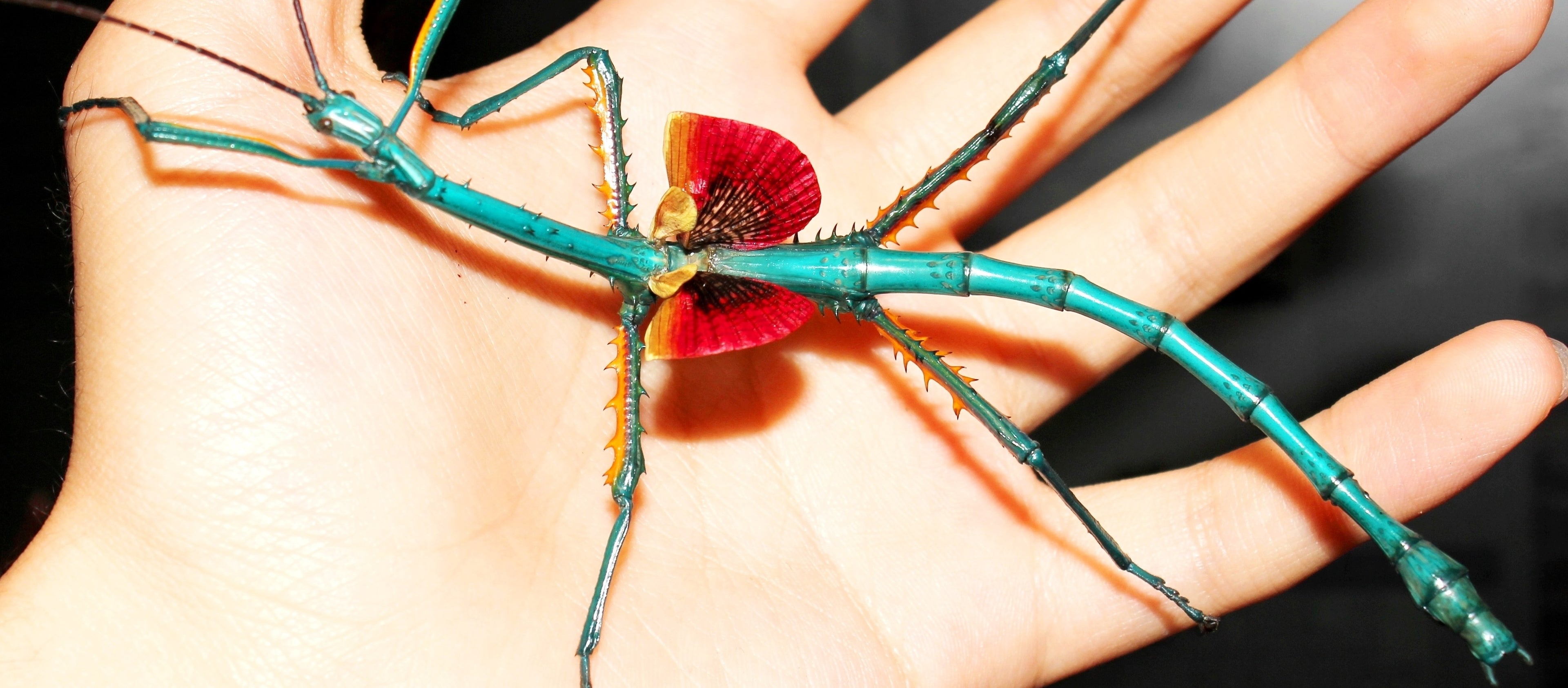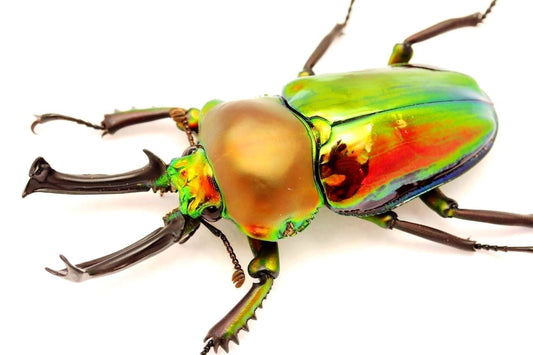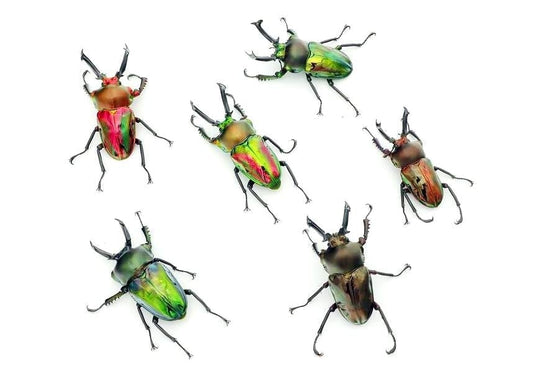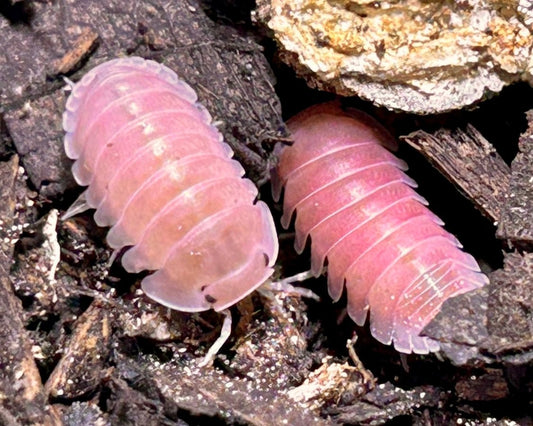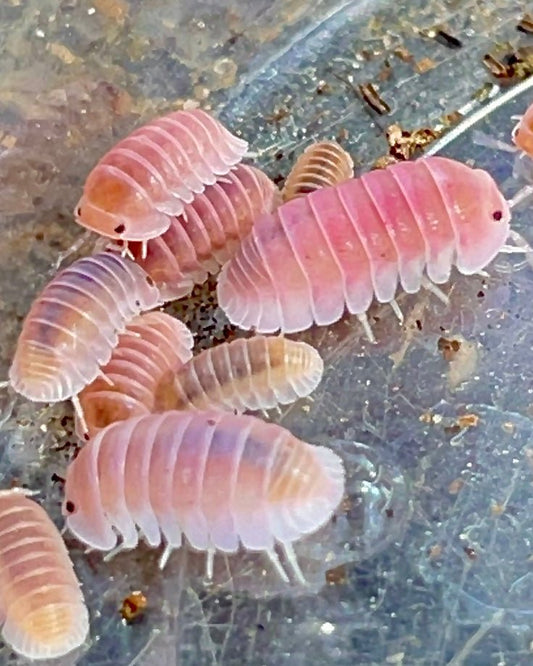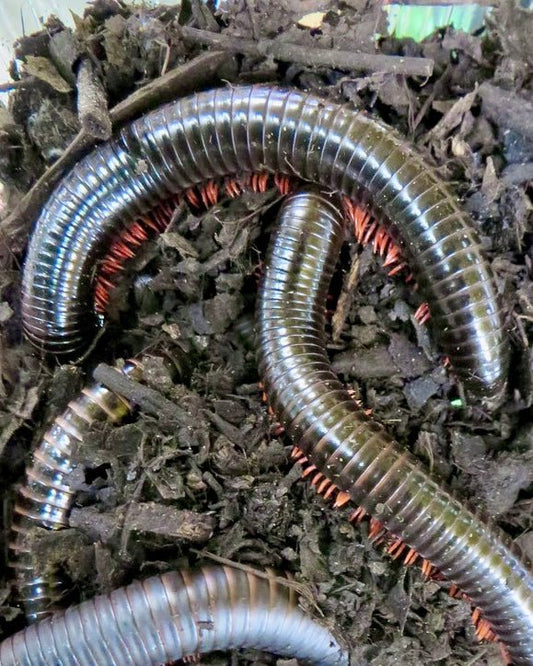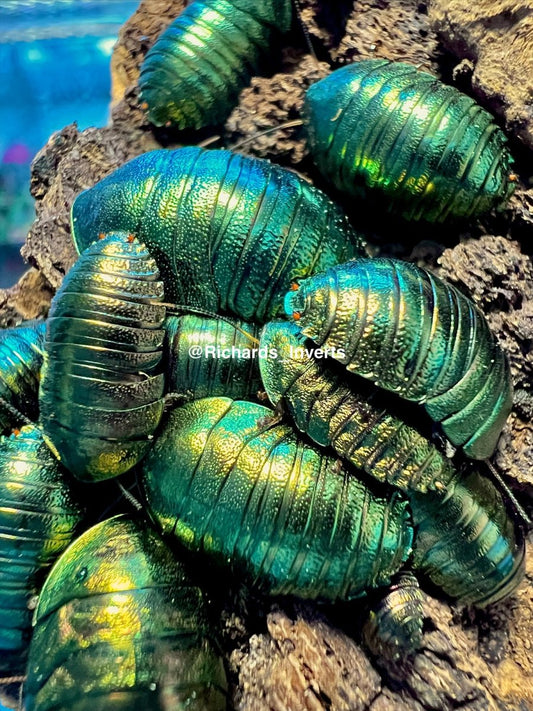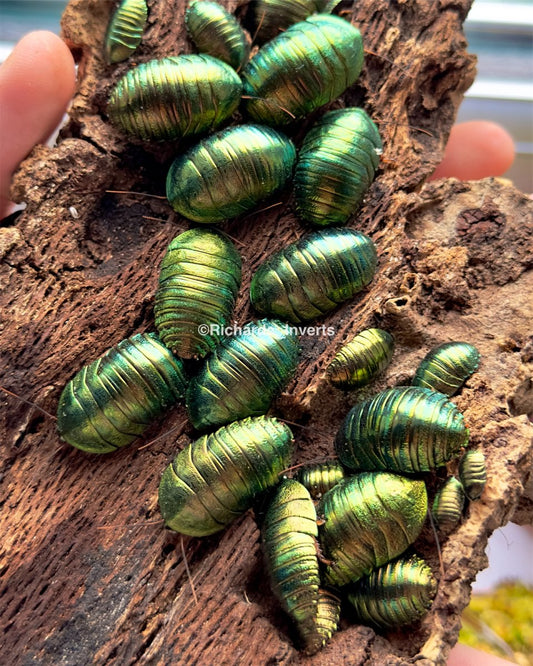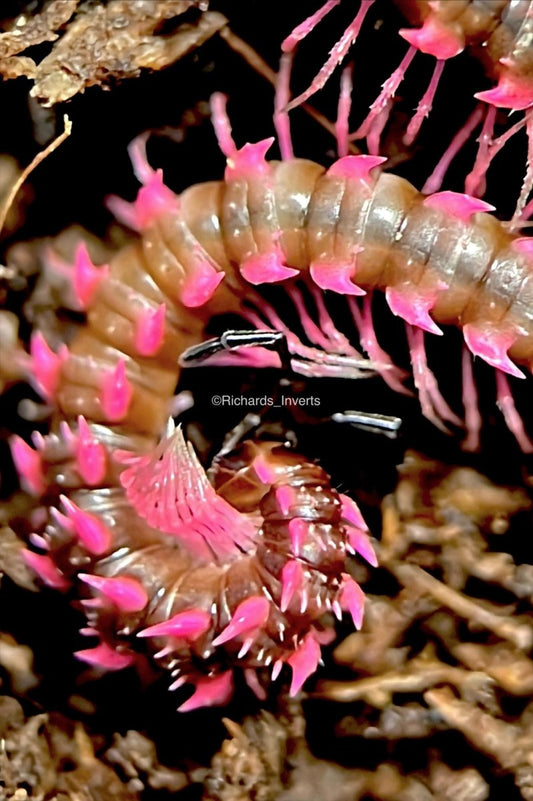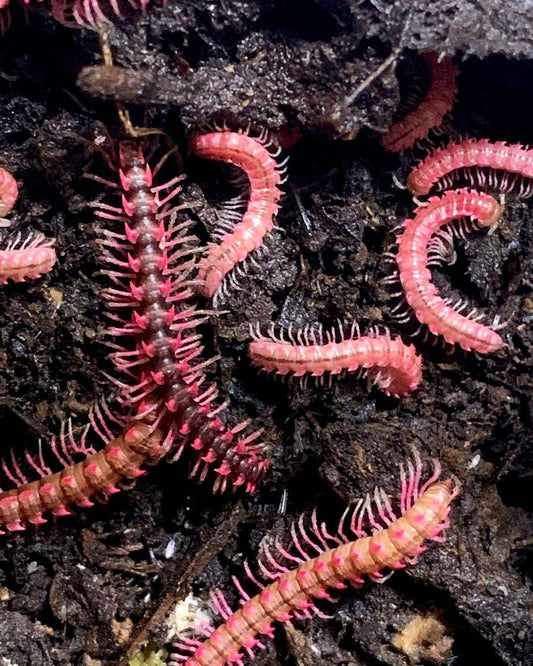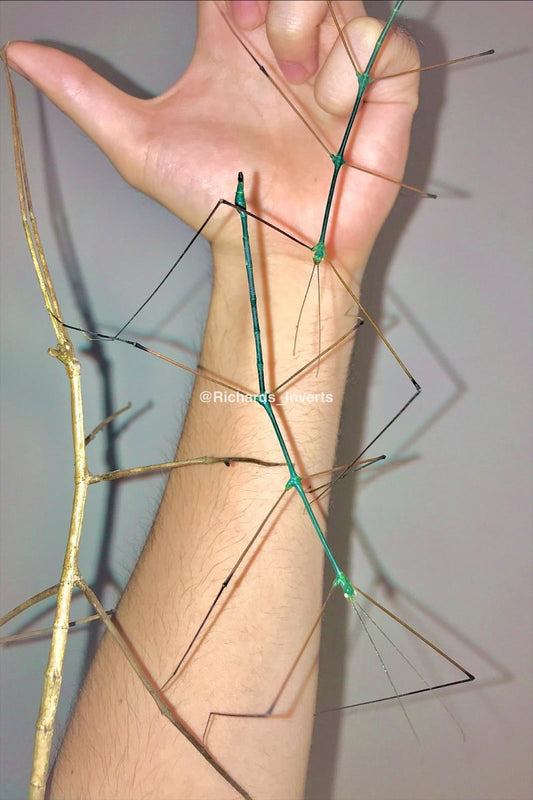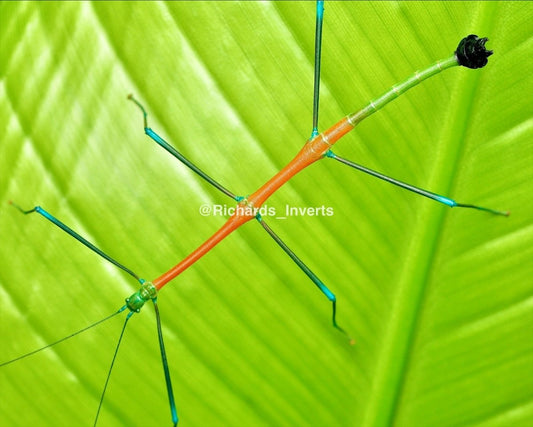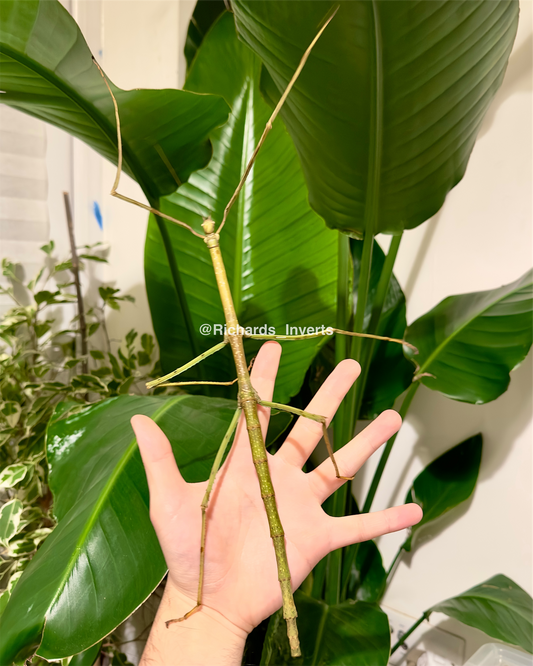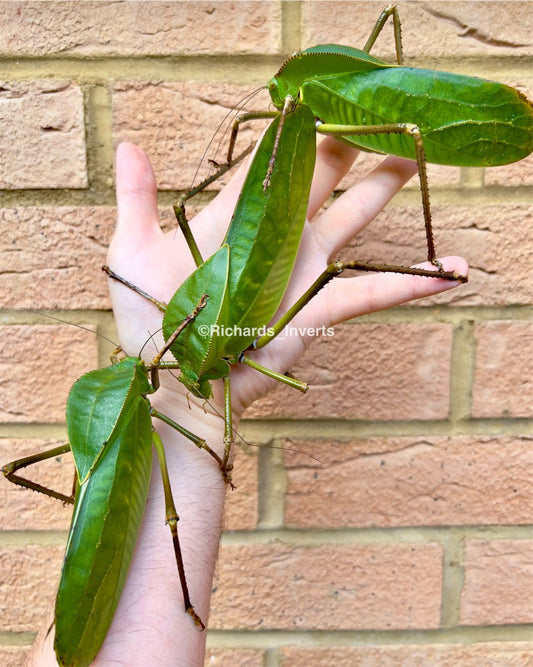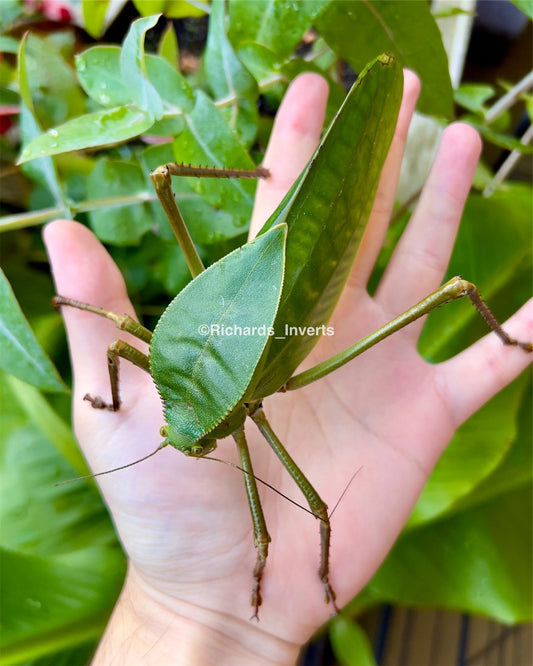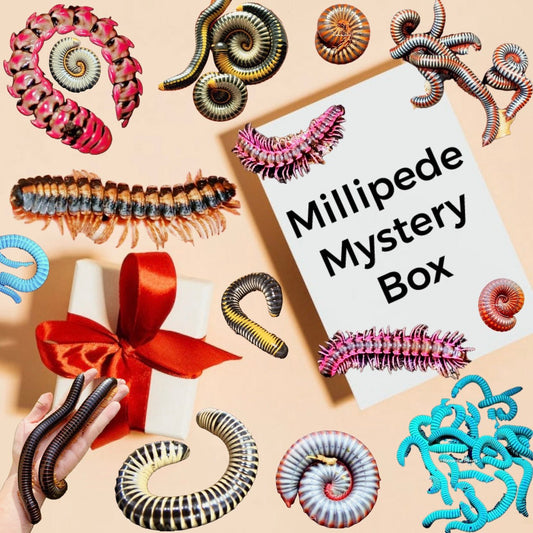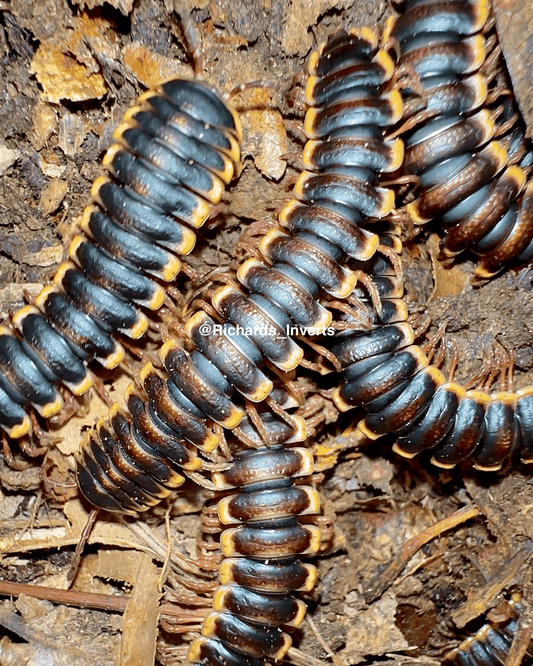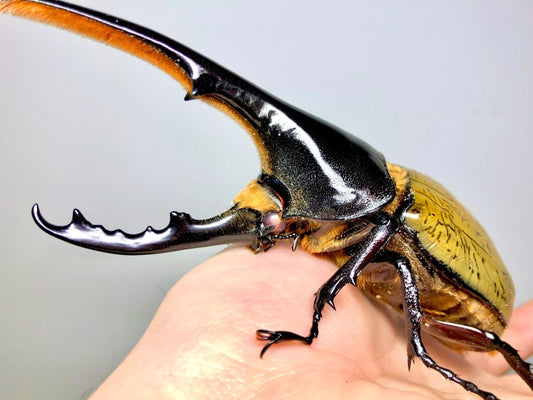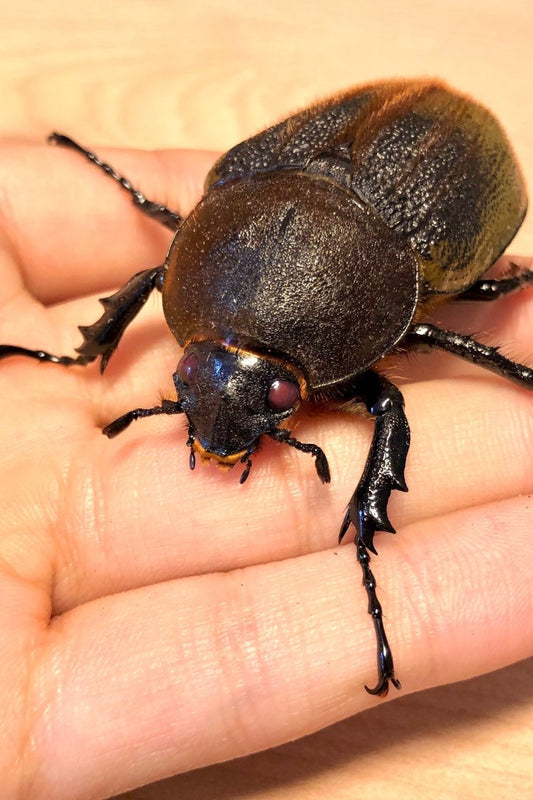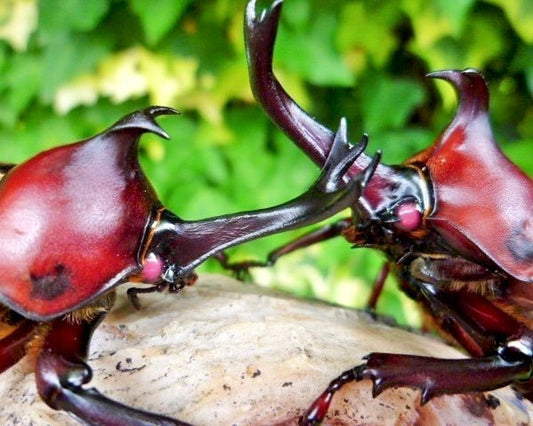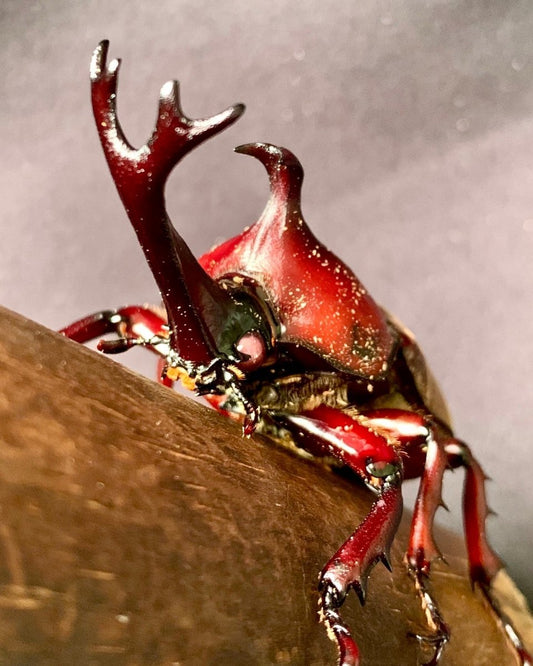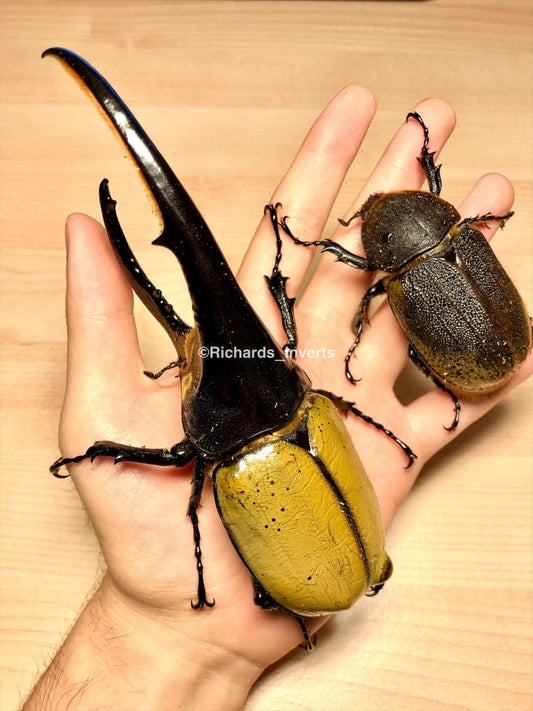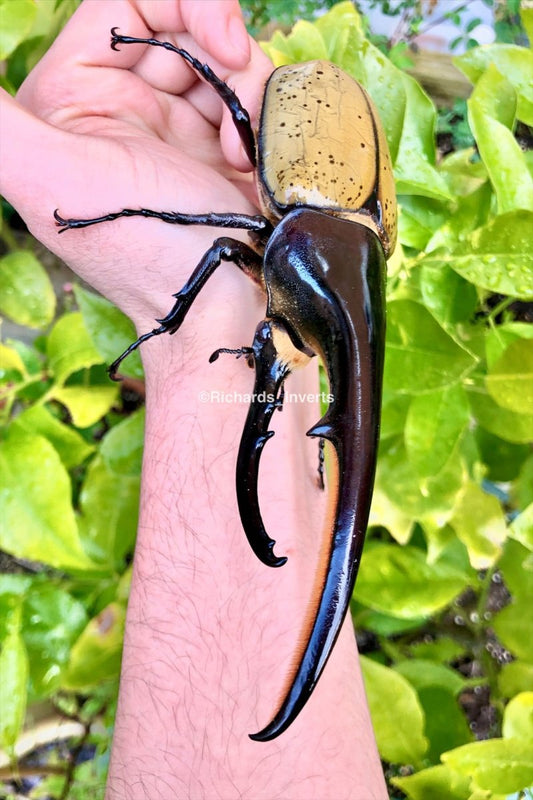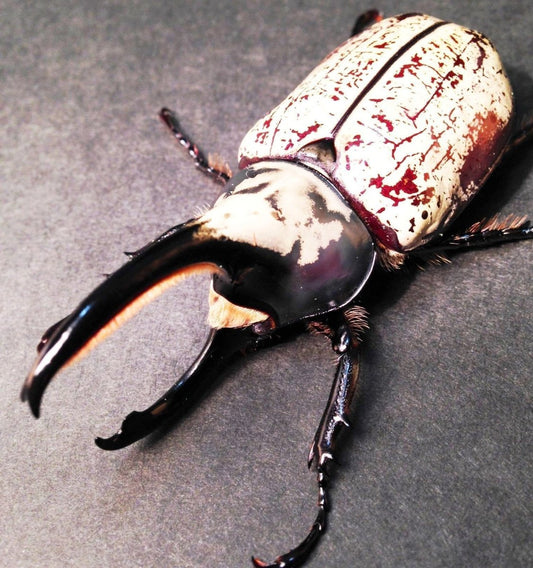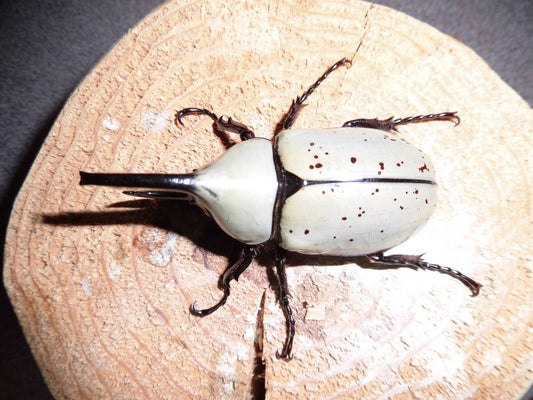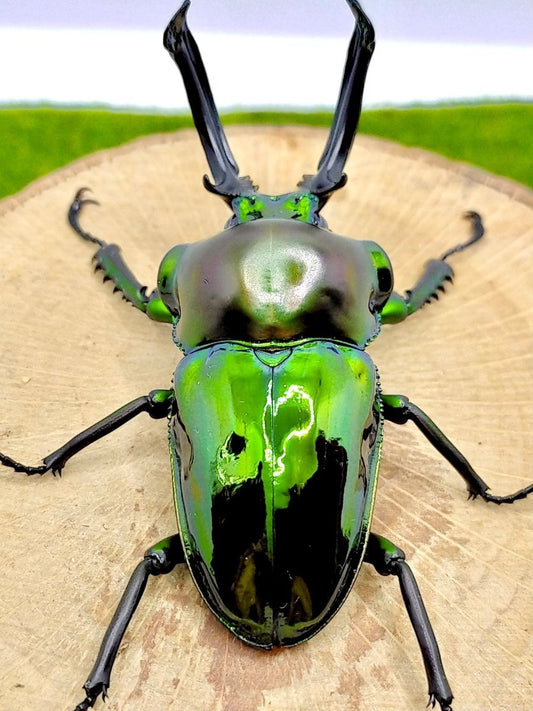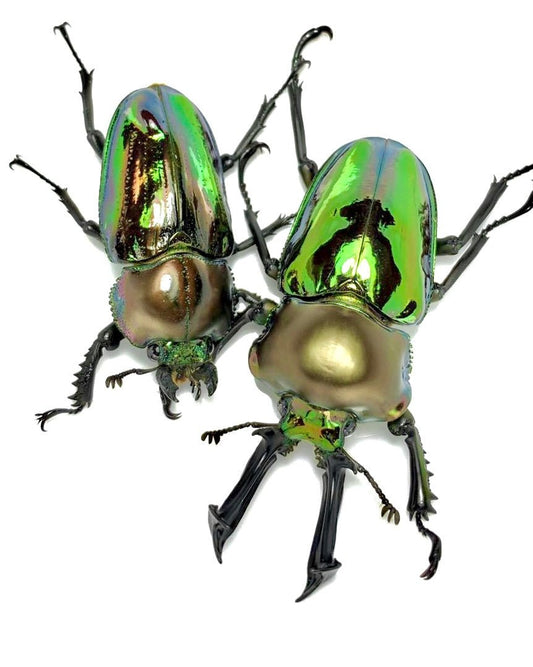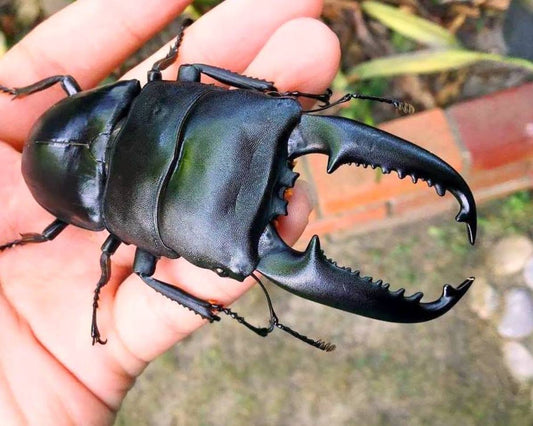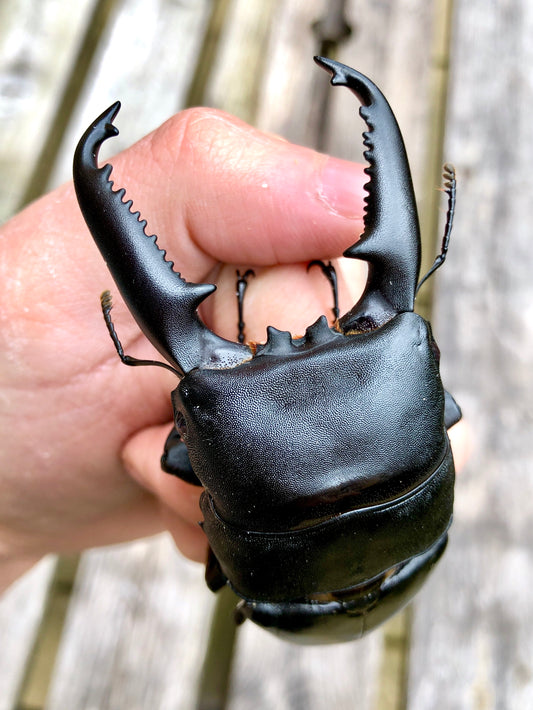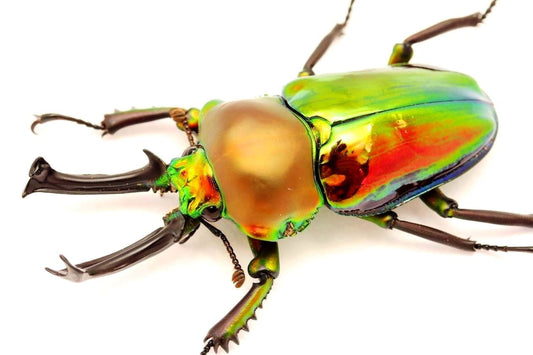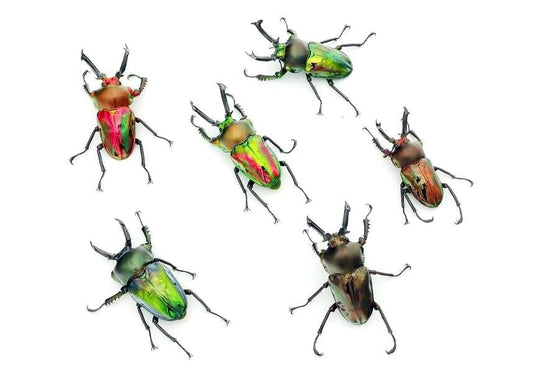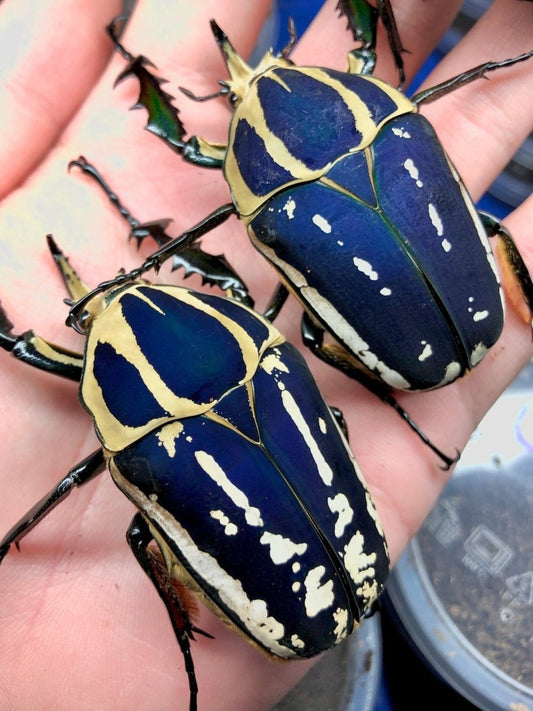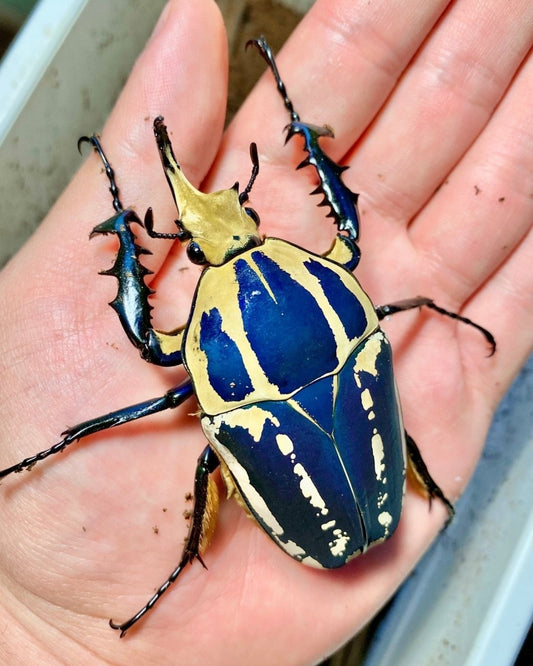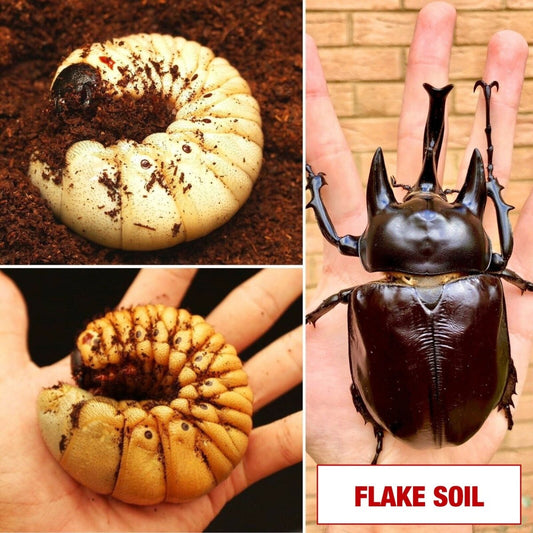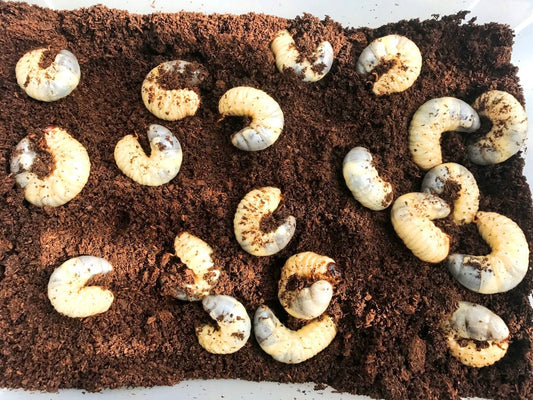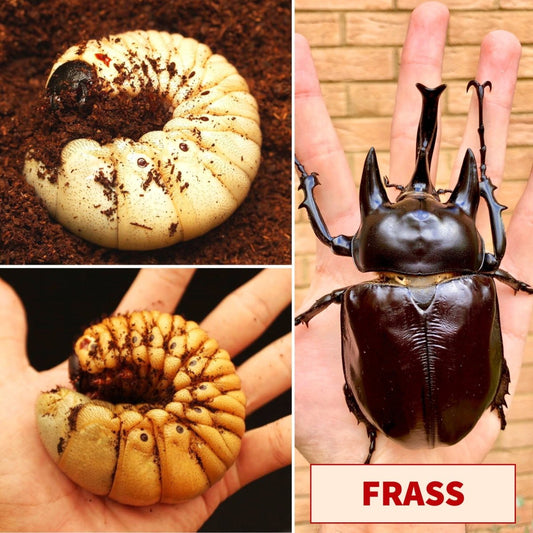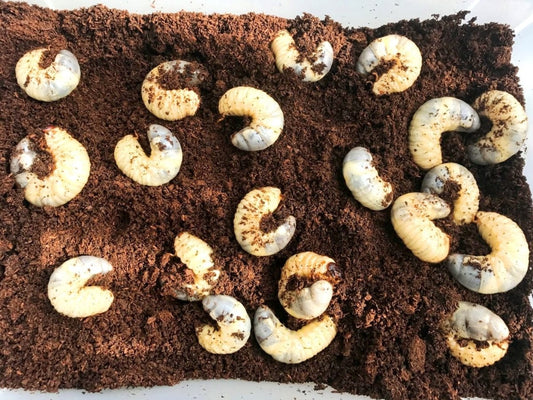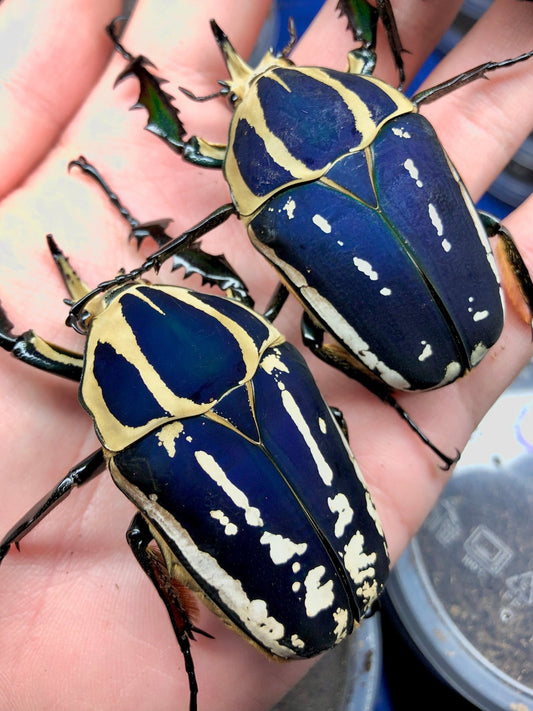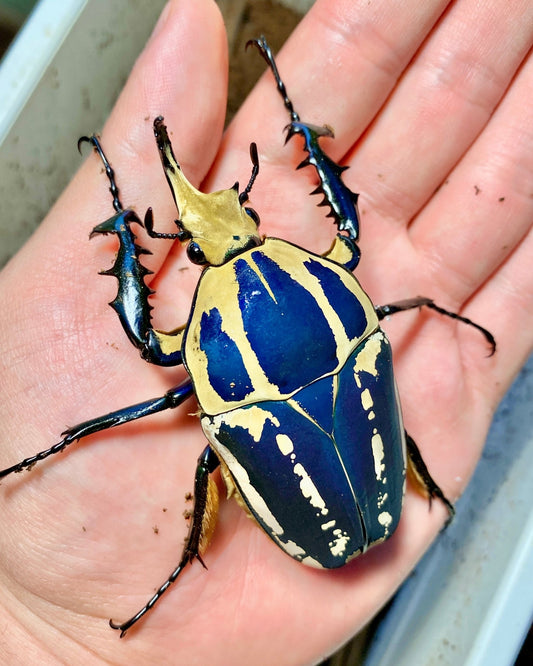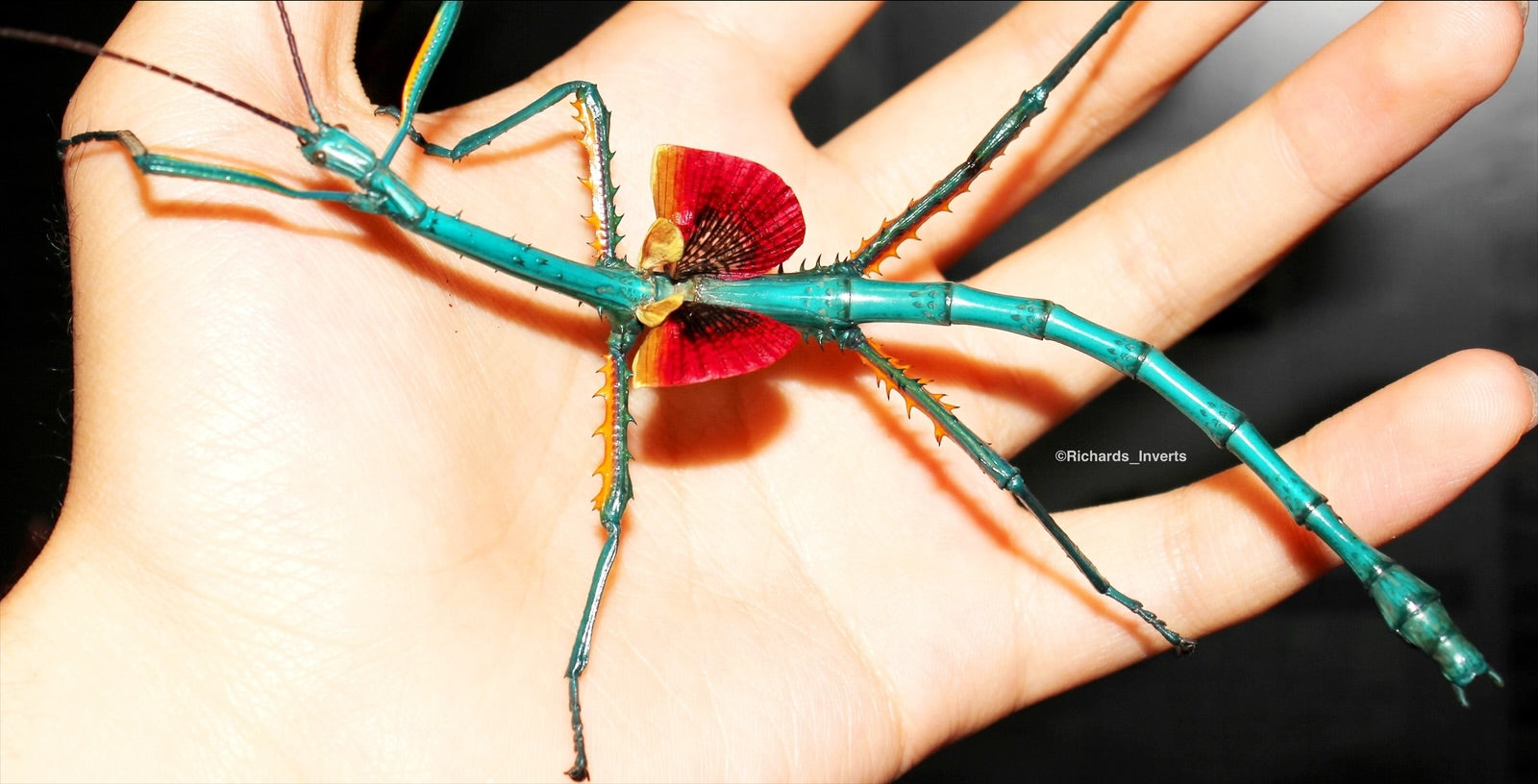
Welcome to Richard's Inverts
Hello there, fellow bug enthusiast! 😊 With over 20 years of dedicated experience in the study of exotic invertebrates and education, I am pleased to offer surplus bugs and insects raised here in my private collection.
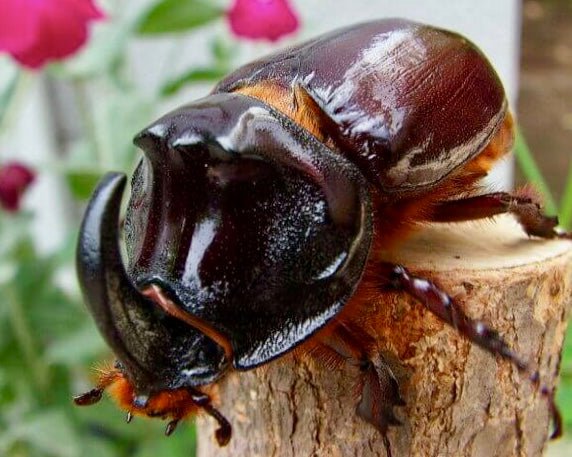
This week's bug feature!
The European Rhino Beetle - one of the largest beetle species in Europe, males sport a prominent forward-curving horn used in wrestling matches with rivals
NOTICE BOARD:
June 30 2025 update: ⚠️ The store has now reopened! ☺️ Get 10% off Cherry Blossom Isopods using code [CHERRY10]! Ends Saturday 5th June. 🌸
June 26 2025 update: ⚠️ The store will reopen on Monday 30th June! ☺️ Thank you for your patience and understanding.
May 31 2025 update: ⚠️ Due to an emergency, I will have to temporarily close the store as I will be away. Orders placed from Wednesday 4th June 12:00pm onwards will regrettably have to be held back until Monday 30th June.
Shop the Collections!
-
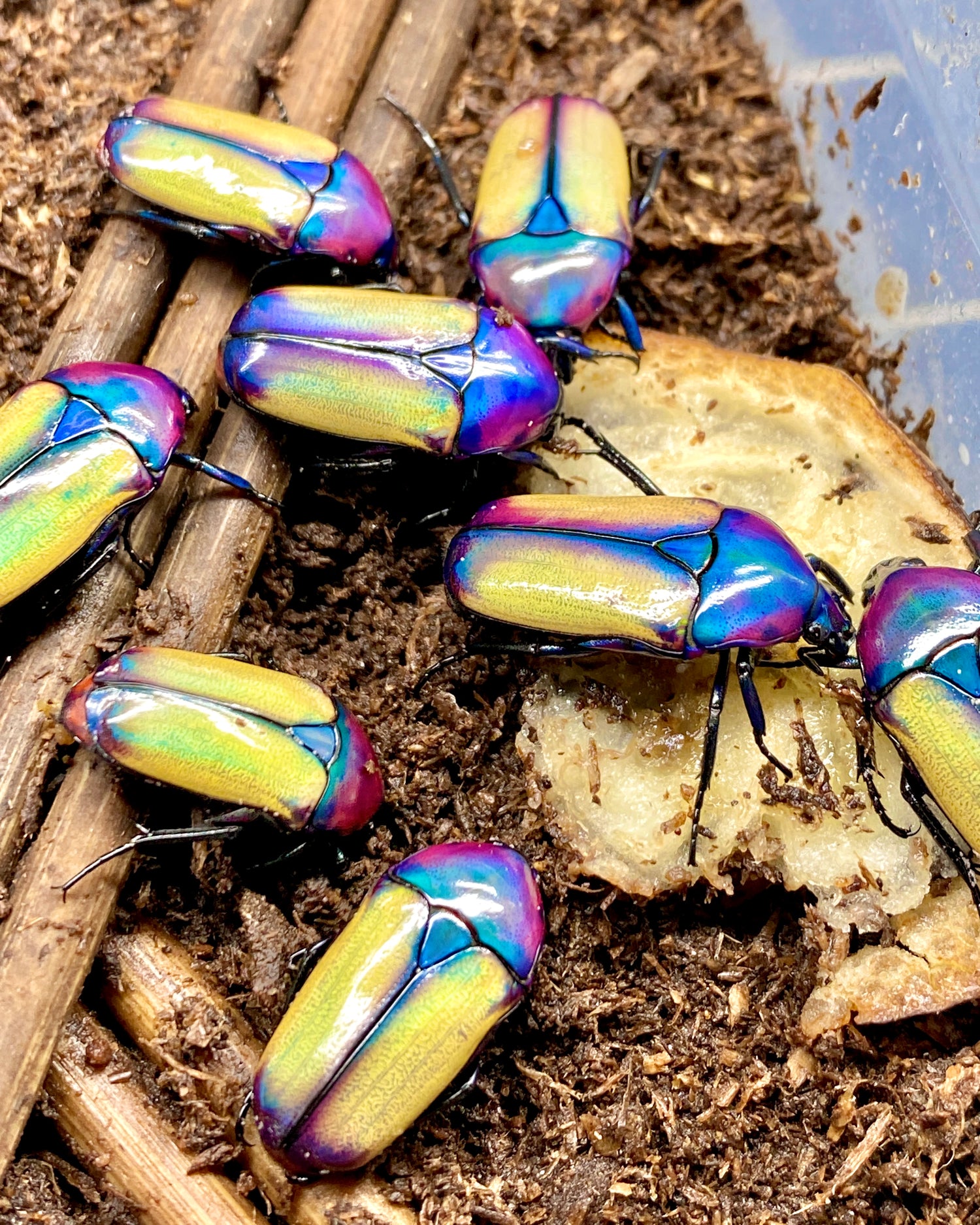
Beginner Friendly Bugs
Hello there, fellow bug enthusiast! 😊 With over 20 years of dedicated experience in...
-
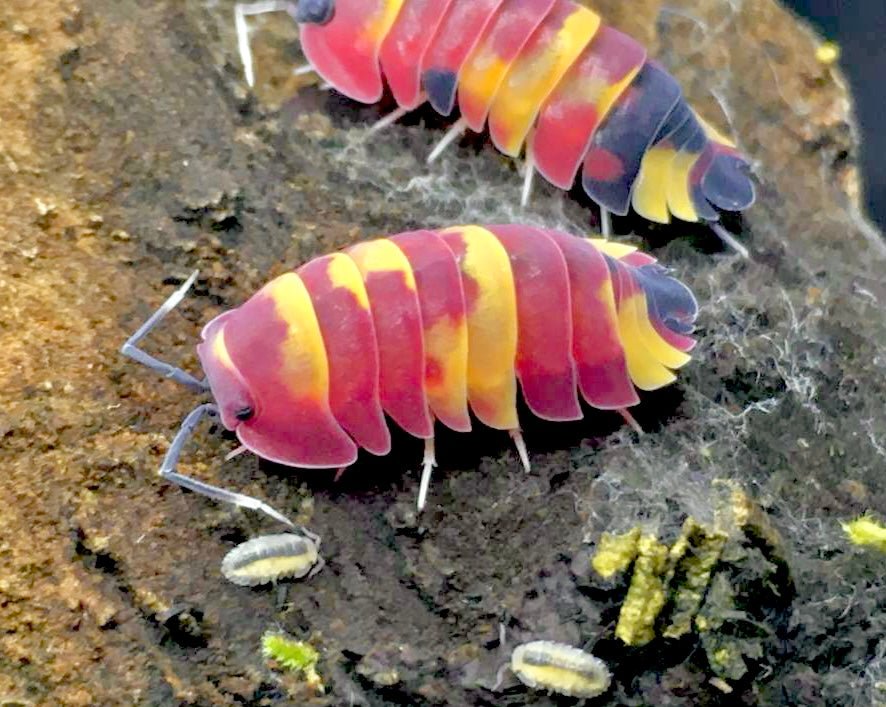
All Isopods
Hello there, fellow bug enthusiast! 😊 With over 20 years of dedicated experience in...
-
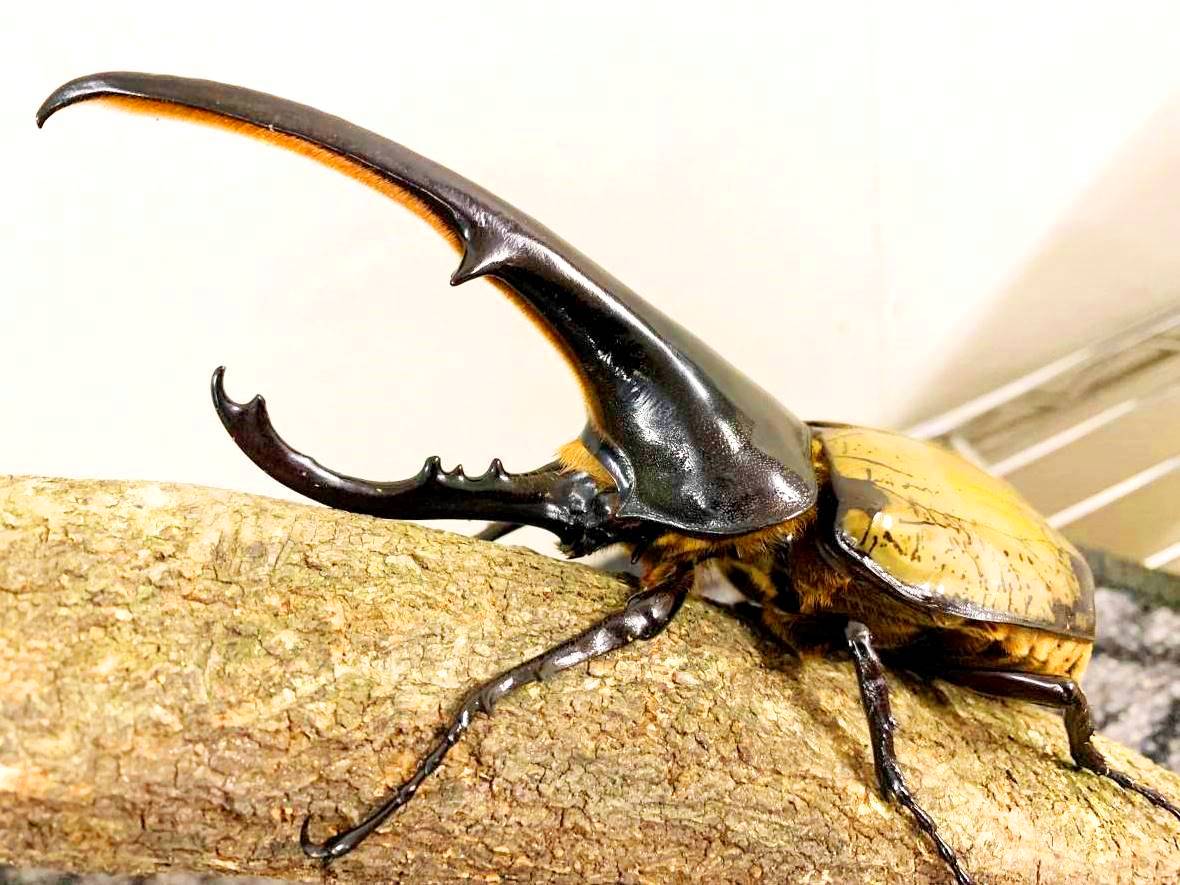
Rhinoceros Beetles
Hello there, fellow bug enthusiast! 😊 With over 20 years of dedicated experience in...
-
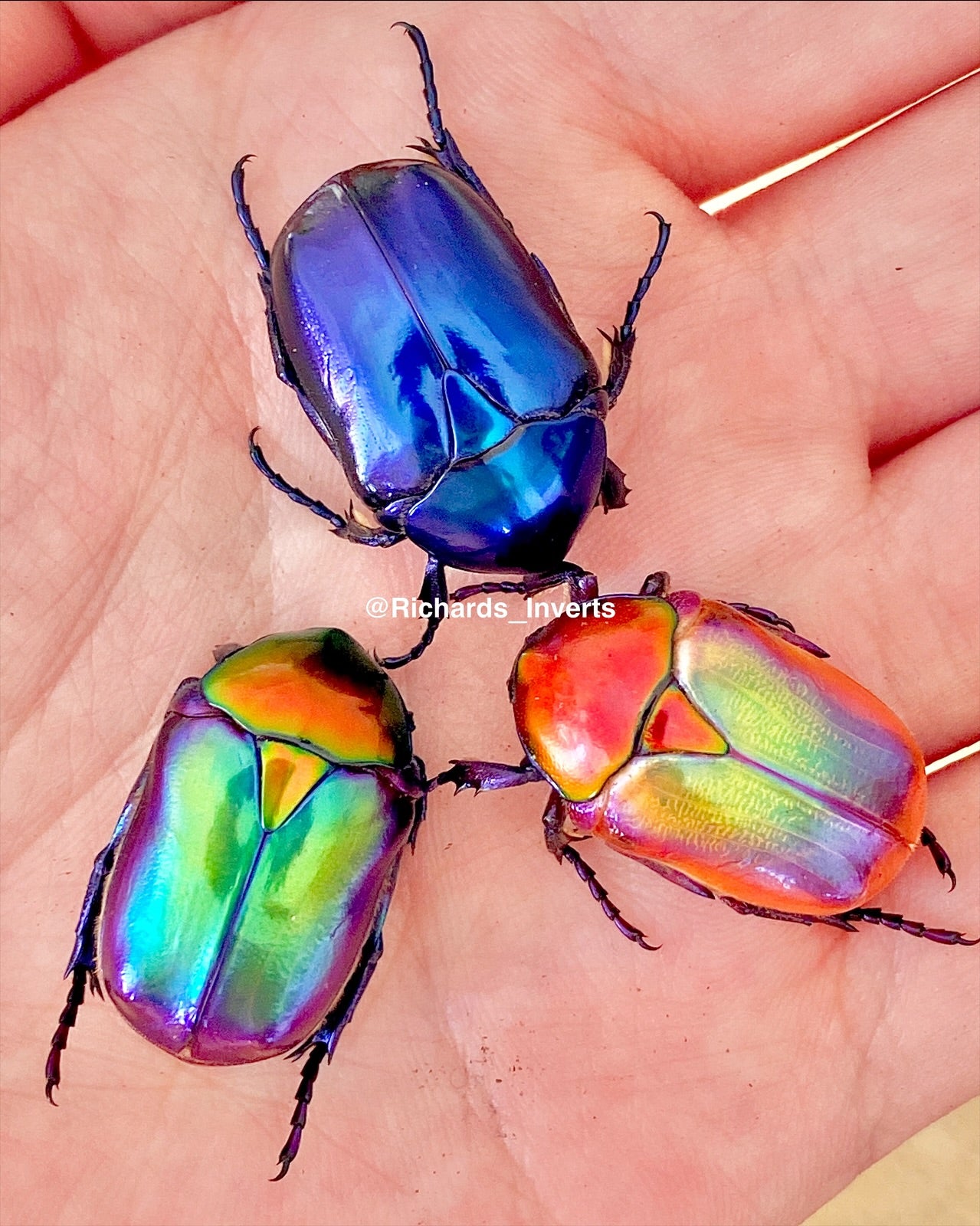
Flower Beetles
Hello there, fellow bug enthusiast! 😊 With over 20 years of dedicated experience in...
-
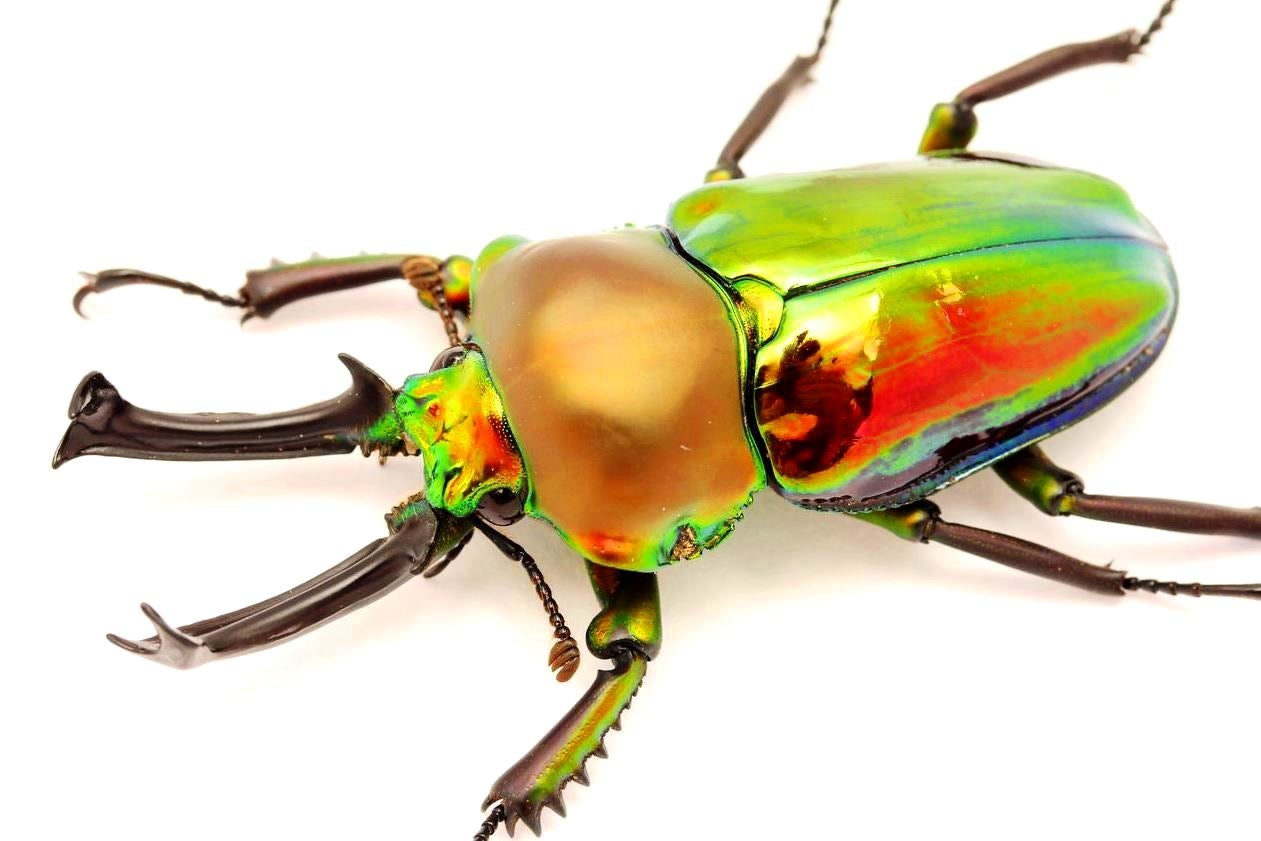
Stag Beetles
Hello there, fellow bug enthusiast! 😊 With over 20 years of dedicated experience in...
-
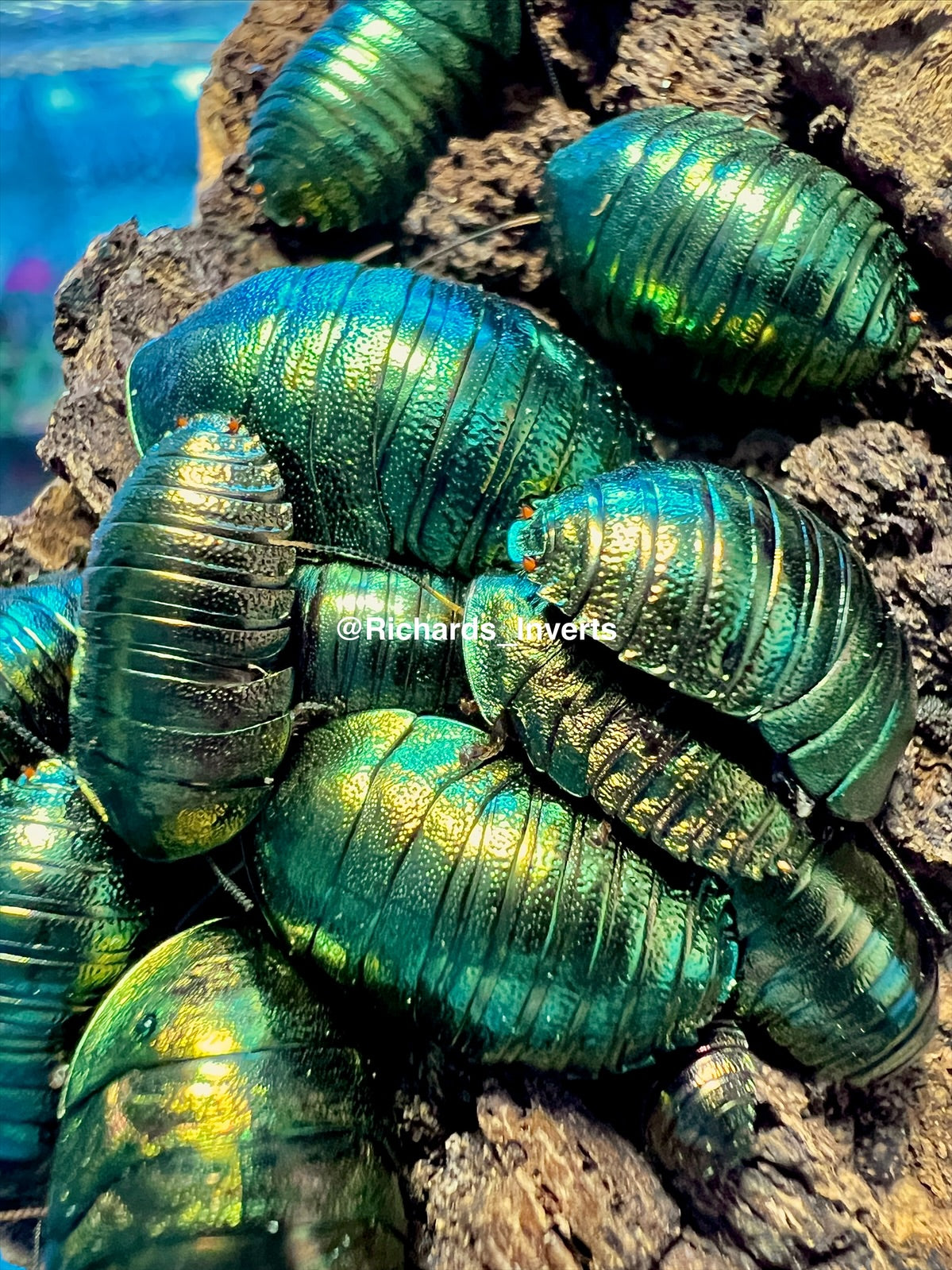
Other Inverts
Hello there, fellow bug enthusiast! 😊 With over 20 years of dedicated...
Find me on Instagram!
Along with over 80,000 other people, stay up to date with updates of my studies and breeding projects!
Our Favourites!
-
Larvae - Rainbow Stag Beetle, (Phalacrognathus muelleri)
Regular price From £12.00 GBPRegular priceUnit price / per -
Cherry Blossom Isopod, (Cubaris sp. "Cherry Blossom")
Regular price From £40.00 GBPRegular priceUnit price / per£50.00 GBPSale price From £40.00 GBPSale -
Tanzanian Red Legged Millipede, (Epibolus pulchripes)
Regular price From £4.00 GBPRegular priceUnit price / per£5.00 GBPSale price From £4.00 GBPSale -
Emerald Cockroach, (Pseudoglomeris magnifica)
Regular price From £4.00 GBPRegular priceUnit price / per£6.00 GBPSale price From £4.00 GBPSale -
Pink Dragon Millipede, (Desmoxytes planata)
Regular price From £3.00 GBPRegular priceUnit price / per£5.00 GBPSale price From £3.00 GBPSale
The Life Cycle of a Beetle
-
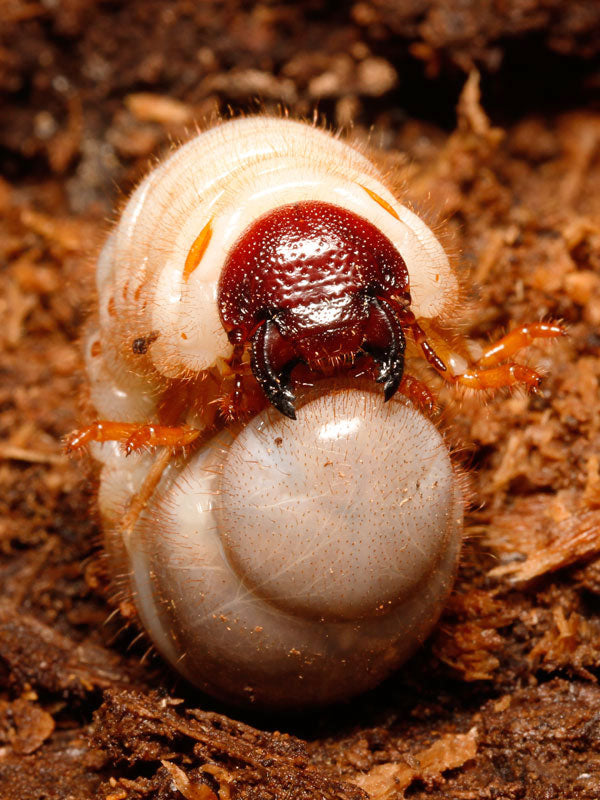
Larva - the feeding stage
The job of the larva is to eat and eat and eat. Food eaten at this time is stored as fats and larvae can grow 2000x their size during this stage.
-
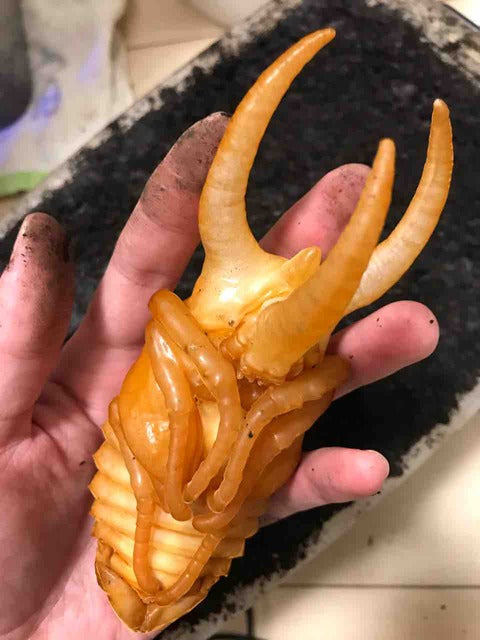
Pupa - the transition stage
When the larva is fully grown, it stops eating and becomes a pupa. It may look like nothing is going on but big changes are happening inside.
-
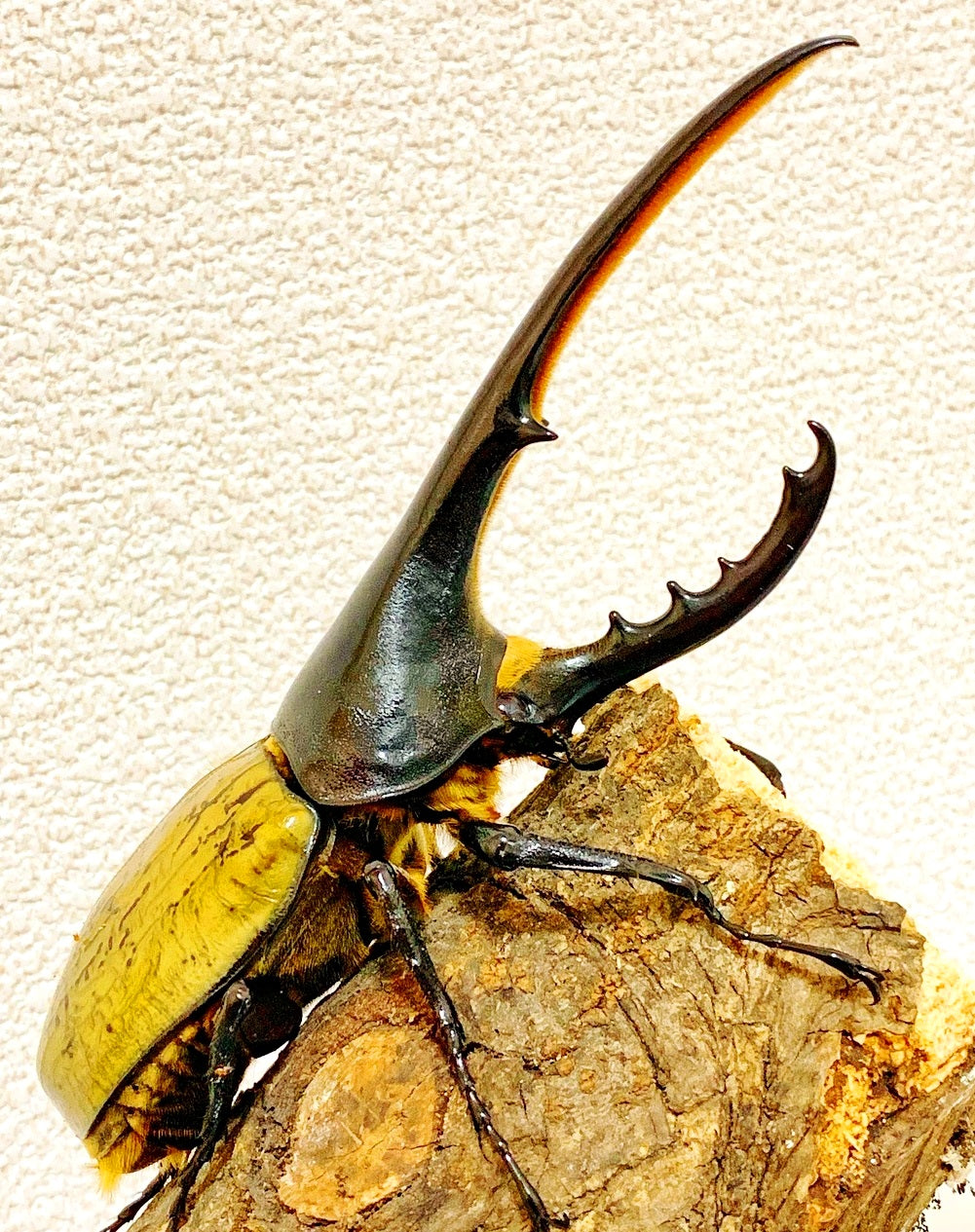
Adult - the reproductive stage
The larva's job was to eat. The adult's job is now to mate and lay eggs. Most species of adult beetles get energy from tree sap and ripe fruits.
Isopods
-

All Isopods
Hello there, fellow bug enthusiast! 😊 With over 20 years of dedicated experience in...
-
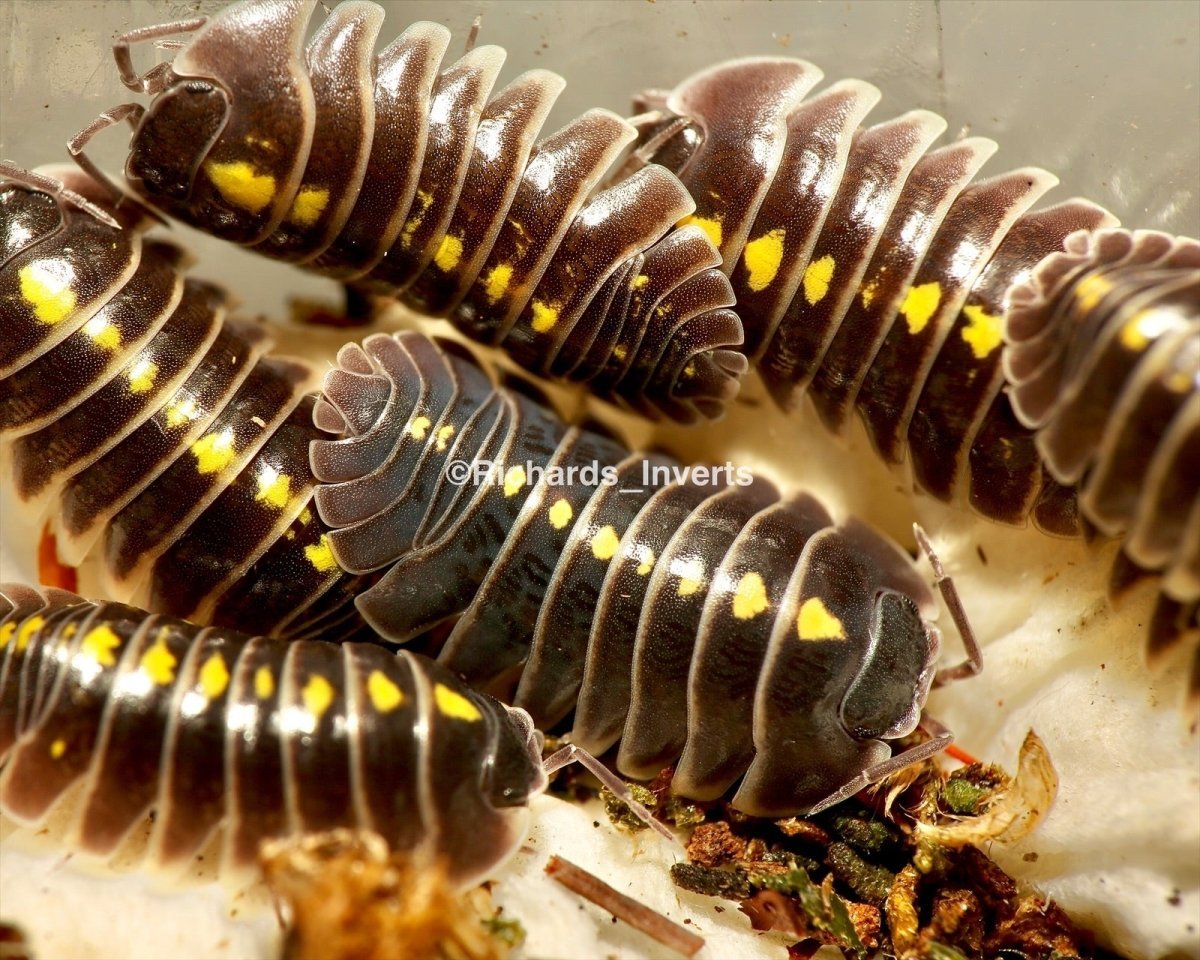
Armadillidium Isopods
Hello there, fellow bug enthusiast! 😊 With over 20 years of dedicated experience in...
-
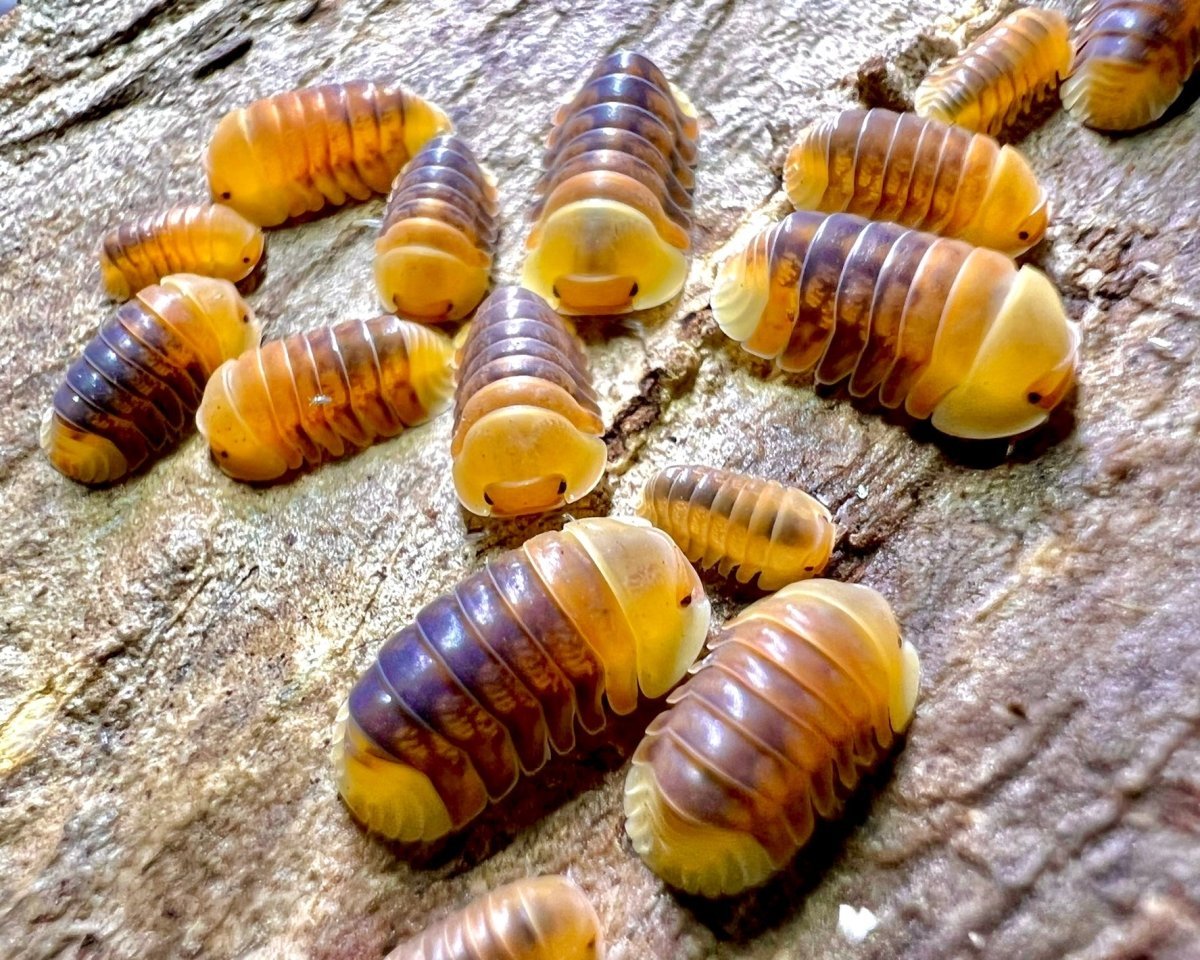
Cubaris Isopods
Hello there, fellow bug enthusiast! 😊 With over 20 years of dedicated experience in...
-
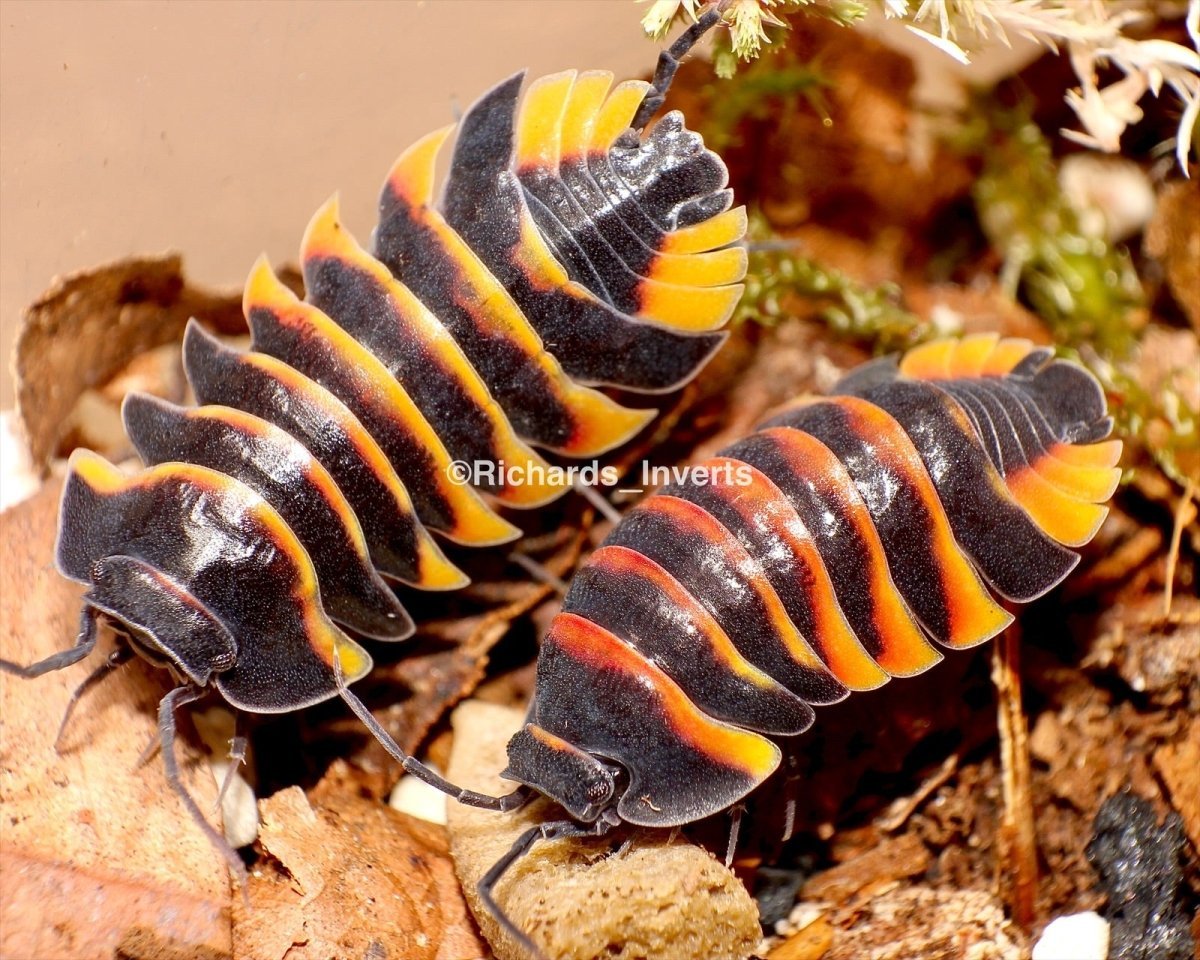
Merulanella Isopods
Hello there, fellow bug enthusiast! 😊 With over 20 years of dedicated experience in...
-
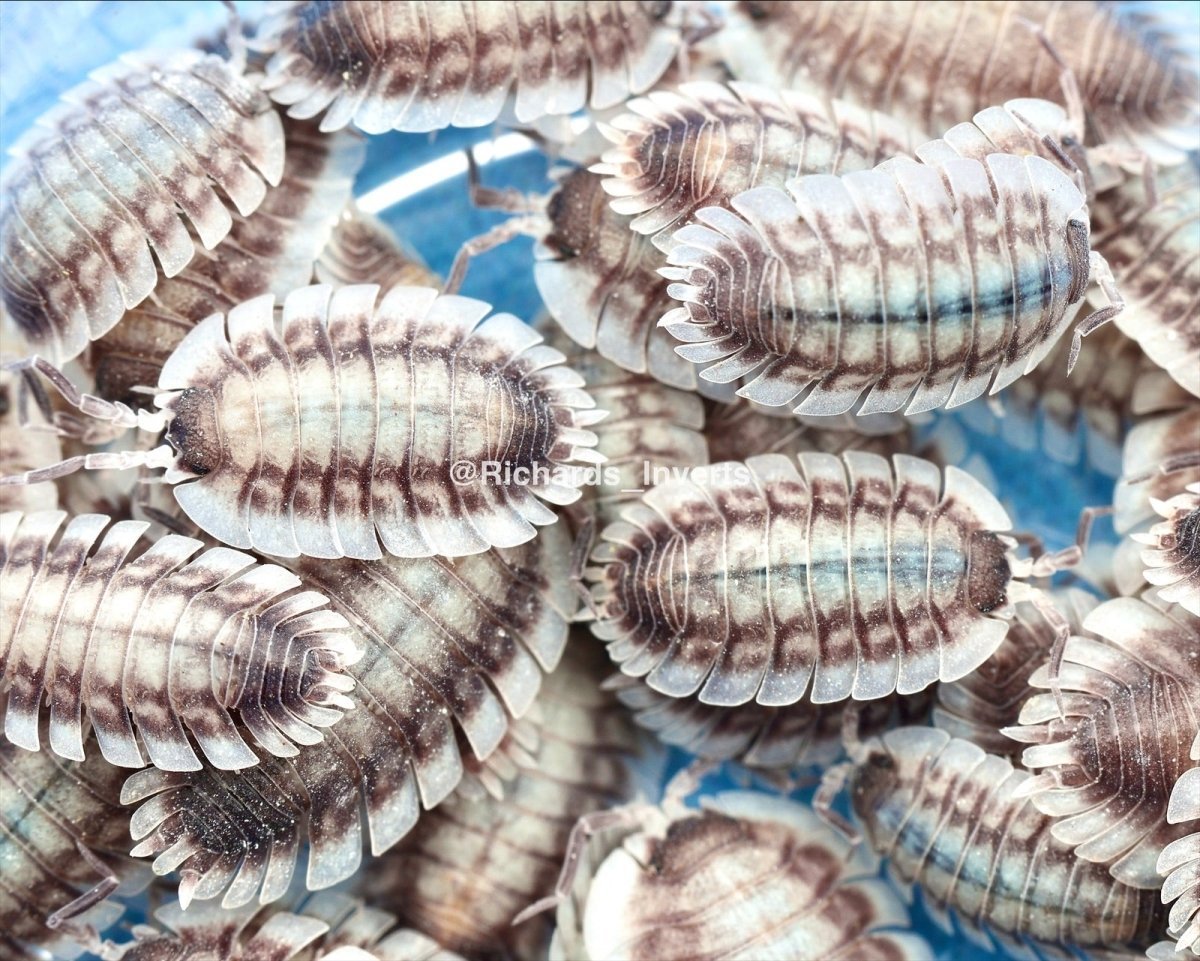
Porcellio Isopods
Hello there, fellow bug enthusiast! 😊 With over 20 years of dedicated experience in...
-

Other Isopods
Hello there, fellow bug enthusiast! 😊 With over 20 years of dedicated experience in...
Stick & Leaf Insects
-
Blue Stick Insect, (Ramulus nematodes "Blue")
Regular price From £2.00 GBPRegular priceUnit price / per£2.50 GBPSale price From £2.00 GBPSold out -
Candy Stick Insect, (Periphetes graniferum)
Regular price From £2.50 GBPRegular priceUnit price / per£3.00 GBPSale price From £2.50 GBPSold out -
Giant Heusii Stick Insect, (Phryganistria heusii yentuensis)
Regular price From £4.00 GBPRegular priceUnit price / per£5.00 GBPSale price From £4.00 GBPSold out -
Giant Hooded Katydid, (Siliquofera grandis)
Regular price From £6.00 GBPRegular priceUnit price / per£15.00 GBPSale price From £6.00 GBPSold out
Other Inverts
-
:≈ Millipede Mystery Boxes ≈:
Regular price From £10.00 GBPRegular priceUnit price / per£14.00 GBPSale price From £10.00 GBPSale -
Armoured Custard Millipede, (Riukiaria pugionifera)
Regular price From £12.00 GBPRegular priceUnit price / per -
Armoured Flatback Millipede, (Coromus diaphorus)
Regular price From £6.00 GBPRegular priceUnit price / per -
Armoured Striped Millipede, (Coromus vittatus)
Regular price From £6.00 GBPRegular priceUnit price / per
Rhino Beetles
-
ADULTS - "Pearl Eye" Hercules Rhino Beetle, (Dynastes hercules)
Regular price From £150.00 GBPRegular priceUnit price / per -
ADULTS - "Red Devil" Japanese Rhino Beetle, (Trypoxylus dichotomus)
Regular price From £100.00 GBPRegular priceUnit price / per -
ADULTS - Hercules Rhino Beetle, (Dynastes hercules)
Regular price From £80.00 GBPRegular priceUnit price / per -
ADULTS - Western Hercules Rhino Beetle, (Dynastes grantii)
Regular price From £70.00 GBPRegular priceUnit price / per
Stag Beetles
-
ADULTS - "Emerald" Rainbow Stag Beetle, (Phalacrognathus muelleri)
Regular price From £35.00 GBPRegular priceUnit price / per -
ADULTS - Palawan Stag Beetle, (Dorcus palawanicus)
Regular price From £60.00 GBPRegular priceUnit price / per -
ADULTS - Rainbow Stag Beetle, (Phalacrognathus muelleri)
Regular price From £30.00 GBPRegular priceUnit price / per -
ADULTS - Sawtooth Stag Beetle, (Prosopocoilus dissimilis)
Regular price From £35.00 GBPRegular priceUnit price / per
Flower Beetles
-
ADULTS - "Blue" Giant Flower Beetle, (Mecynorrhina ugandensis)
Regular price From £40.00 GBPRegular priceUnit price / per -
Beetle Breeding Substrate – Flake Soil
Regular price From £6.00 GBPRegular priceUnit price / per -
Beetle Breeding Substrate – Flake Soil Inoculant
Regular price From £2.00 GBPRegular priceUnit price / per -
Larvae - "Blue" Giant Flower Beetle, (Mecynorrhina ugandensis)
Regular price From £10.00 GBPRegular priceUnit price / per
